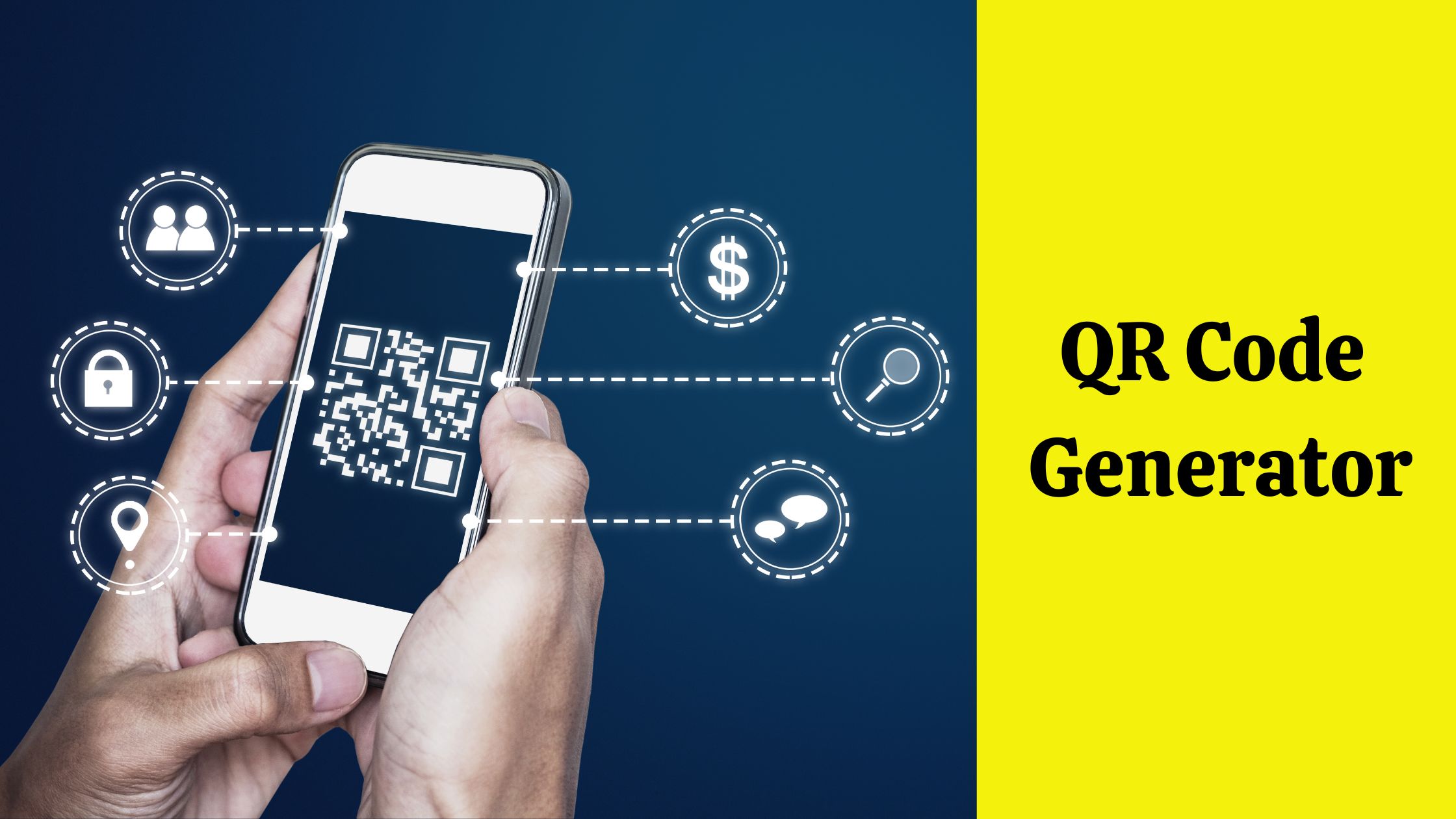Navigating the digital world can seem like a maze sometimes, but with the right tools – such as a QR code generator – it becomes an enthralling exploration. Let’s dive into unraveling the magic of these intriguing barcodes. A fundamental understanding of qr code is crucial to unearthing their immersive applications.

QR Codes are elaborate canvases of squiggly black lines and squares dancing on a white surface. Although they might seem esoteric symbols at first glance, these are hyperlinks connecting our physical realm to digitally encoded data. They transform your camera-equipped device into an all-seeing eye that bridges gaps between offline and online worlds. By simplifying piles of information into compact visual cues via a QR code generator, we enable effortless interaction between audiences and brands or users in general. Thus, opening up infinite paradigms yet to be explored and mastered!
The Basics of Static QR Codes
Static QR codes, a simple yet powerful tool, can breathe new life into your business environment. Essentially, the world of static QR codes is all about permanence and durability. Once generated, they carry a fixed set of data such as URLs, contact details or messages that cannot be changed or edited. It’s like carving in stone static synthetically but dynamic intrinsically, with all information intricately embedded within the complex maze of monochromatic pixels.

The beauty behind these digital hieroglyphics lies in their ability to unify multitude dimensions; online and offline worlds meet with just a scan using a smartphone camera! Whether you wish to direct users to your website or provide them instant access to your WiFi network—a static QR code can turn this into reality without any ulterior updates needed. In essence, static QR codes are everlastingly robust pillars supporting our increasingly digitized landscape.
Benefits of using static QR codes
Presenting countless advantages, static QR codes are an indispensable tool for businesses and individuals alike. One primary benefit of their use is their permanency; a static QR code creates a fixed link to any piece of data, be it website URLs, email addresses or phone numbers. This remanence makes them particularly convenient for printed materials where a constant connection is required such as business cards, billboards, or product packaging.
Another significant advantage of static QR codes is simplicity and affordability. They are easy to generate with various free online tools and require no maintenance costs whatsoever. More so, they can store ample pieces of information within an encoded form that’s easily read by smartphones – saving storage efforts while ensuring your data is effectively shared with the audience. By using static QR codes you effectively pave the way for beneficial connectivity on touchpoints where digital interactivity was previously deemed impossible.
Understanding dynamic QR codes
Imagine having the ability to change the destination of your QR code even after it’s been printed and distributed. That’s what dynamic QR codes bring to the table; they are flexible, editable, and trackable. Unlike static QR codes that lock in their data point as soon a they’re created, dynamic ones have a mutable nature that allows you to update information linked to it without changing the actual or physical code itself – an innovation worthwhile for continuous marketing adjustments.
Dynamic QR codes also offer detailed tracking analytics. This means organizations can closely monitor how many times their code has been scanned, where it was scanned from, and even by which device type. Since customer behaviour is not constant but fluid, this valuable insight gives marketers an opportunity to understand their audience better and adapt strategies in real-time for heightened impact.
Advantages of dynamic QR codes over static
Pure dynamism lends an upper hand to dynamic QR codes, providing them with significant advantages over their static counterparts. The most revolutionary aspect revolves around the ability to update or change information linked to the code on-the-go, without having to generate a new one. This flexibility ensures that your marketing efforts remain up-to-date, even as you revamp your products or services.
Furthermore, dynamic QR codes come into their own when we dive into analytics. They afford businesses a unique opportunity to track user interaction data and extract vital metrics such as scan location or frequency data—elements that can prove highly instrumental in making strategic decisions and tailoring targeted campaigns, features absolutely absent in static ones. Truly then, embracing dynamic QR codes empowers organizations with control and valuable insights that simply soar beyond the realms of traditional static counterparts.
Choosing between static and dynamic QR codes
As we delve deeper into the realm of QR codes, it’s vital to understand the fundamental differences between static and dynamic types. Your needs as a business will ultimately dictate your choice, but when does one outweigh the other? In Section 6, we’ll give you an enlightening perspective on making this pivotal decision.
Static QR codes are akin to immovable mountains — once created, its information cannot be altered or tracked. They are ideal for scenarios where the target content does not change overtime such as in business cards or product labels. Contrarily, Dynamic QR codes are like chameleons; they can adapt and evolve in conjunction with your business goals by changing its linked URL anytime without replacing actual QR code. Additionally, they hold a trump card: they’re trackable; a feature that offers invaluable insights into user engagement metrics including scan locations & times which is quintessential for fine-tuning marketing strategies. Which type holds more appeal now – The stolid mountain or the adaptable chameleon?